
Water Ops for Growing
Through project-based learning, students design and create a smart watering system for a small herb garden.

Through project-based learning, students design and create a smart watering system for a small herb garden.
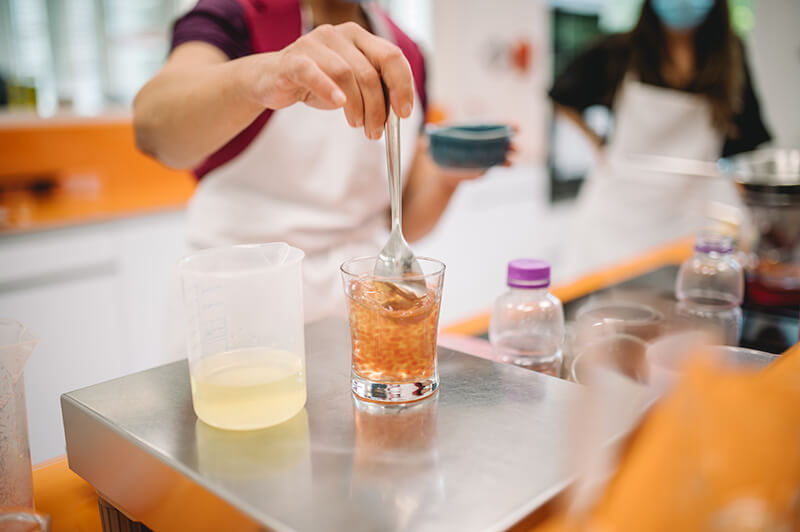
Students focus on the science involved in the production of our food and explore the high-tech aspects of agricultural production as they learn about careers in food science.
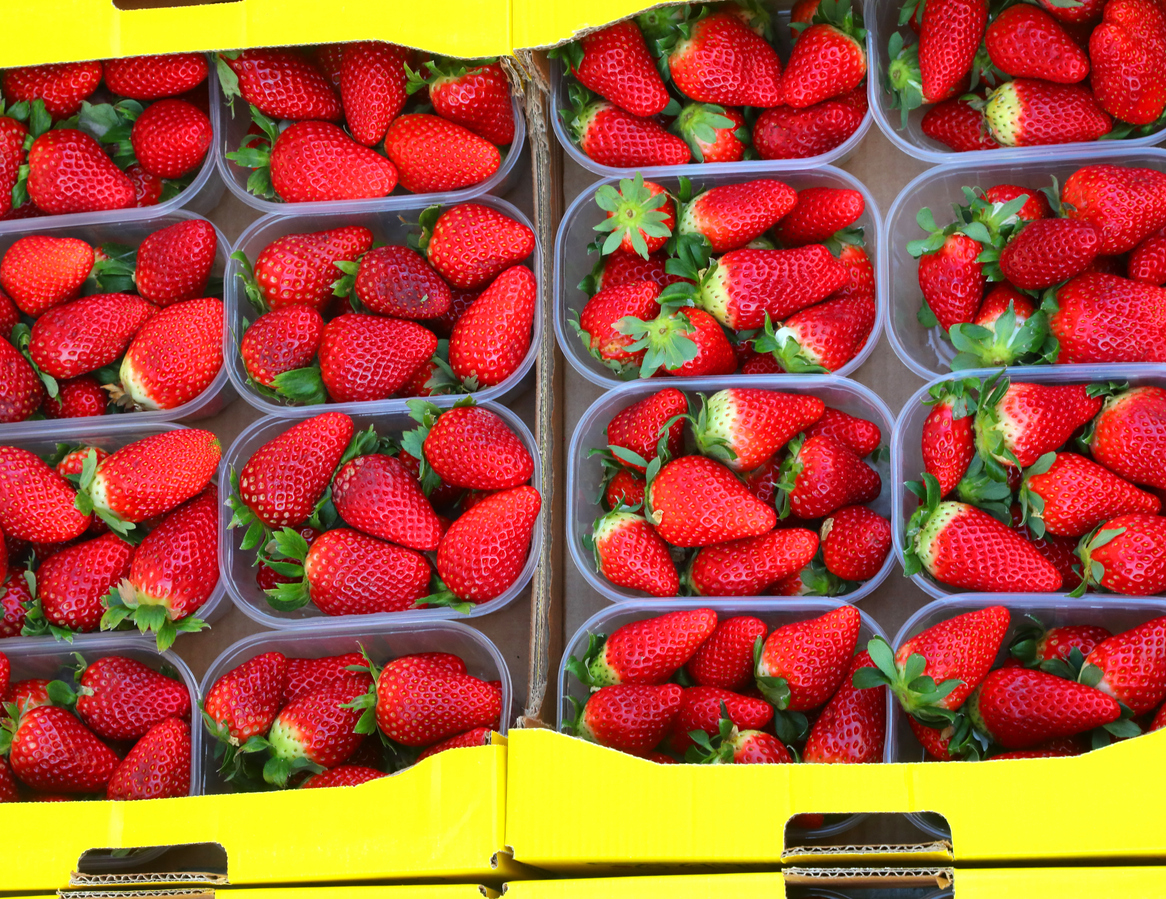
In this lesson students will learn that product packaging is a balance between function, food safety, and economics by designing a protective package for shipping perishable fruit. Each package will be presented to the class for evaluation, and the best design will be shipped to test the product's durability.
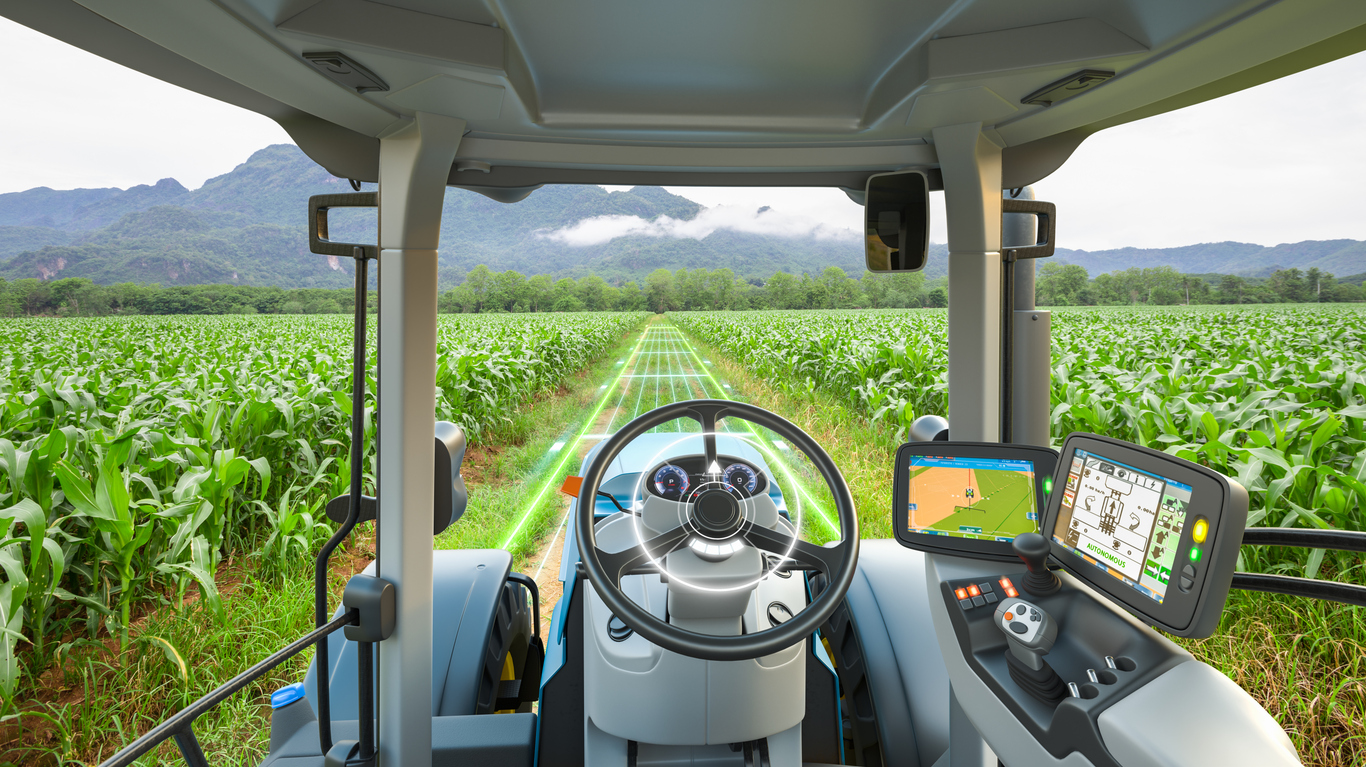
Students will explore technical careers in agriculture and learn how GPS and GIS technologies are used to improve agricultural production.
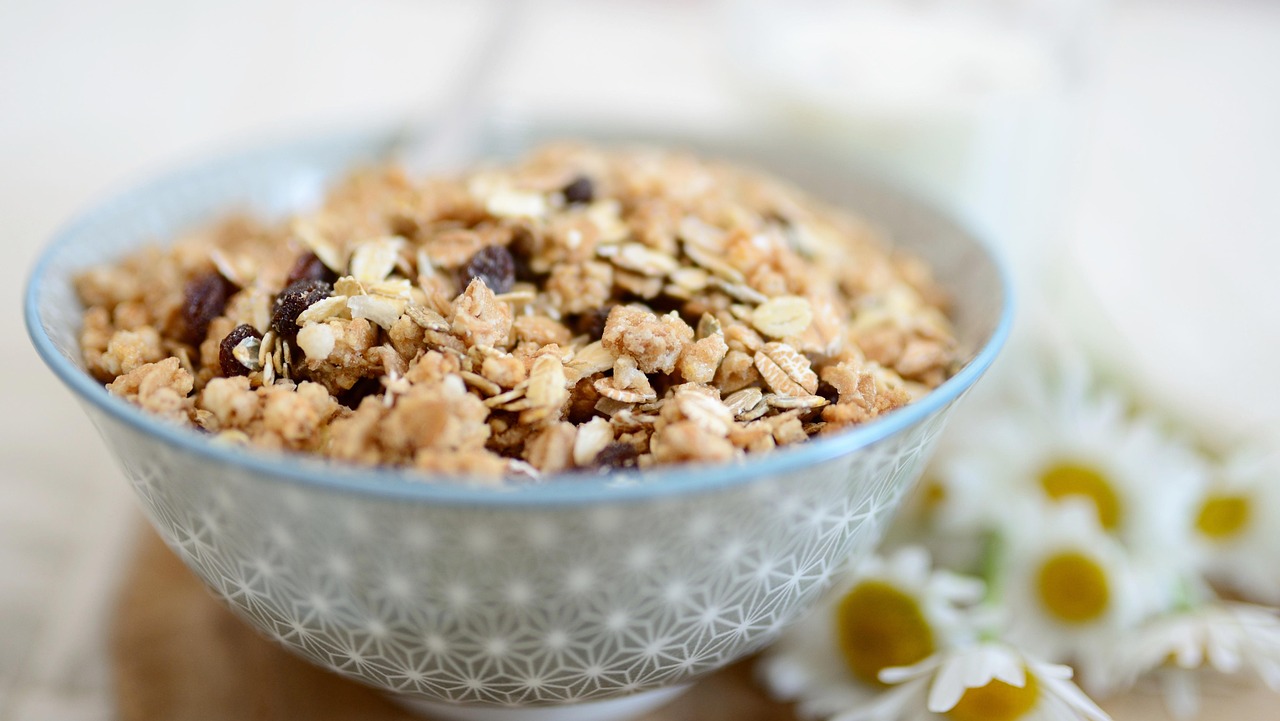
Students will develop an appreciation for the extensive materials and career fields provided by agriculture, specifically as related to cereal grain production, processing, and consumption. Activities include playing a game in which students become agronomy specialists, mapping the top grain-producing states, and watching videos about careers related to grain production.

This lesson centers around the activity of extracting DNA from a strawberry while highlighting careers in biotechnology and agriculture.

Students will simulate how a type of biotechnology called Marker Assisted Selection (MAS) is used to identify crop plants that have desirable traits such as sweet tasting fruit or natural resistance to a pest or disease.

In this lesson, students will complete monohybrid and dihybrid Punnett squares in preparation for taking on a challenge to breed cotton plants that produce naturally blue colored cotton.
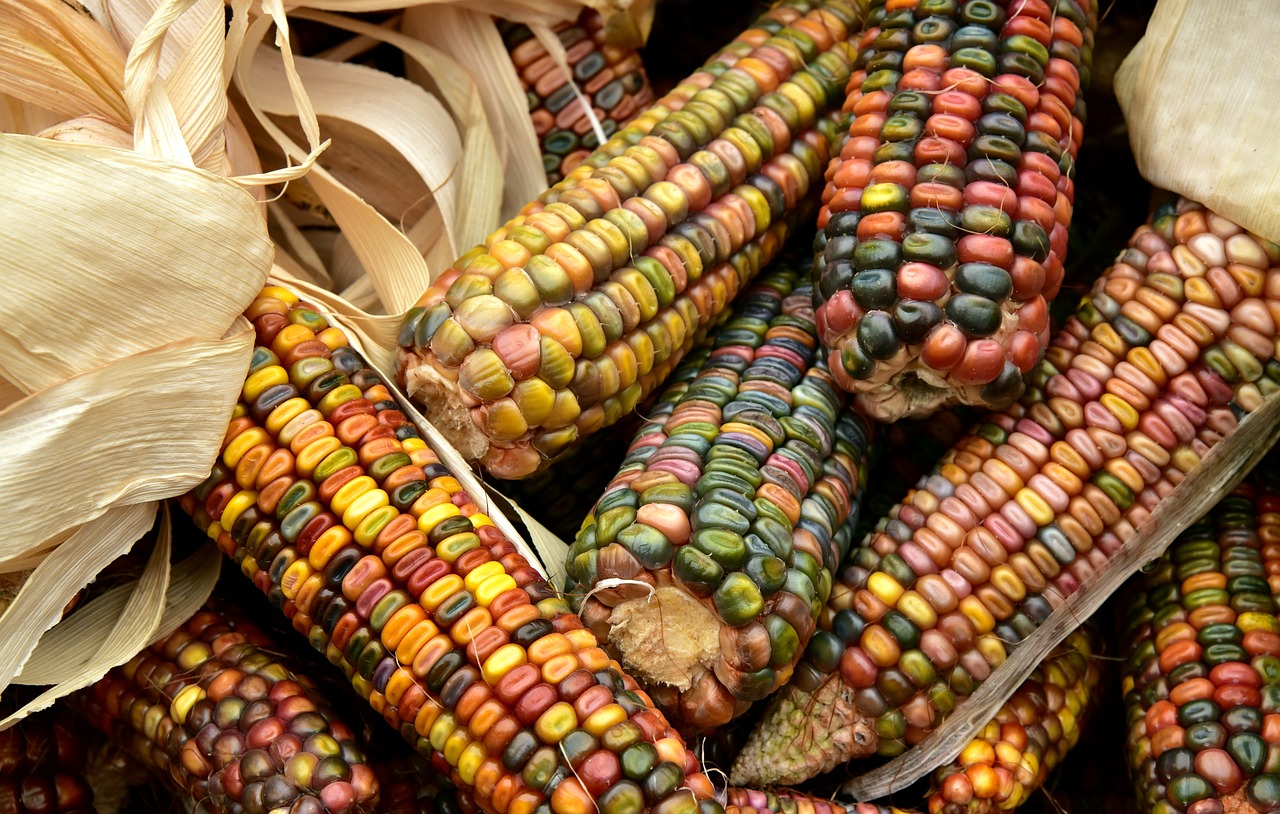
Students will observe the growth of Indian corn and popcorn seeds, observe similarities and differences between the two varieties, and discuss heredity.

Students will use the Claim, Evidence, and Reasoning model to evaluate styles of housing used for hens that lay eggs. Using critical thinking skills, students will compare housing styles, determine which system meets their animal welfare standards, and engineer their own hen house model to meet the needs of laying hens. This lesson covers a socioscientific issue and aims to provide students with tools to evaluate science within the context of social and economic points of view.
Students will read about and research the domestication of animals to better understand why and how they are raised on a farm. They will create a timeline of animal domestication.
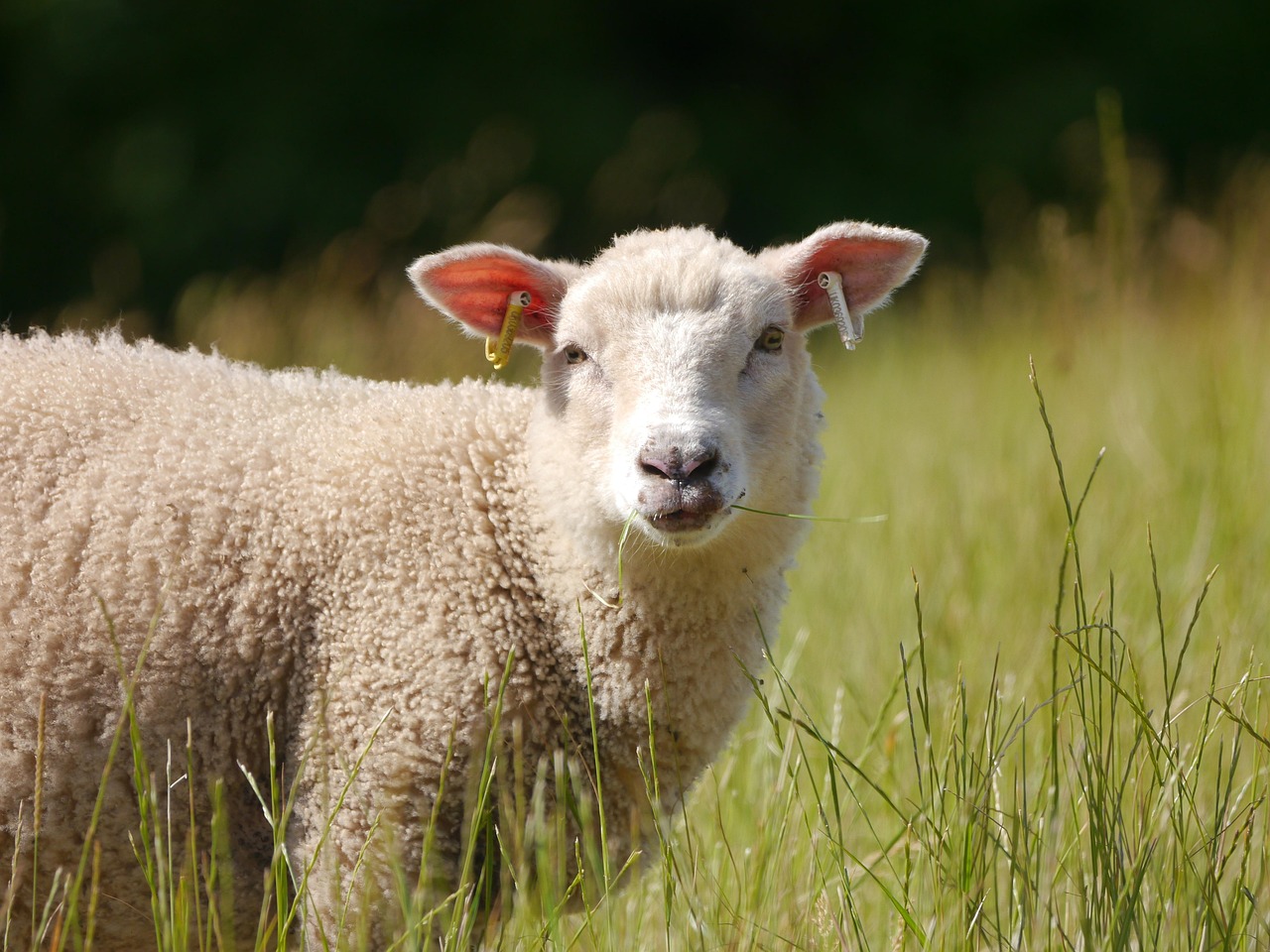
Students explore the difference between inherited and acquired traits and understand why knowledge of inherited and acquired traits is important to agriculture. Activities in this lesson include trait sorting, two video clips, a PTC taste test, and student presentations.